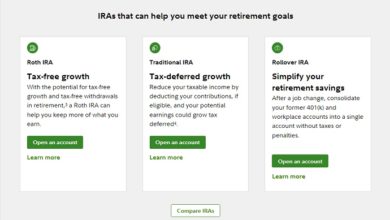
Everyone things scalping is the most complicated task in the world. But did you know that thousands of traders are making millions of dollars in profit by using the scalping method? In fact, the majority of institutional traders depend on the scalping method. You might say, most of the articles suggest not scalping the market. This is true, you should not be scalping the market because you don’t have enough skills to deal with the short term price movement. It requires years of practice and a complete understanding of the market dynamics to scalp the market like professional traders.
So, scalping is not for rookies? Absolutely. It’s not for rookies. However, if you can stick to the rules of this article, you can scalp the 5-minute chart like the top traders at Saxo.
Find the trend
Though you will be scalping the 5-minute chart, the trend needs to be identified in the daily chart. After the identification of the trend, you have to find the support and resistance level in the daily chart. Once you are done, you have to sweet trading spot. Now it’s time to switch to the 5-minute chart and take the trades.
Looking for price rejection
After you switch back to the 5-minute chart, you can clearly see the valid support and resistance level that you drew in the daily chart. Being a new scalper, you should know a lot about the professional fast-paced trading environment offered by Saxo. Visit now if you are new to this trading industry, since you can’t make any progress unless you are using a premium platform like that which is offered by SaxoTraderGo.
Once you are sure that you have a good trading platform, it’s time to wait for the rejection. If the trend is bullish, you should only look buying opportunity. If the trend is bearish look for the short trade setups only. Taking the trades against the daily trend is more like a suicide mission. Let’s say the daily trend is up and you have found a bullish rejection in the 5-minute chart. Execute the long trade with a stop 3 pips below the tail of the candlestick. The take profit should be 20 pips for this method. The short trades can be taken using the same rule.
Avoid trading the news
Since trades will be taken in the lower time frame, traders are advised not to trade during the major news. False spikes and complicated patterns occur in such events. Most of the time the trades hit the stop loss due to wild spikes in the market. By avoiding the major news you will be able to ensure the safety of your trade even though you will be taking the trades with tight stops. But if you still intend to scalp during the news, make sure you have strong fundamental analysis skills.
The risk factors
The professional scalpers risk less than 1% of their account balance per trade. They know they are not going to win all the trades. Due to their strong RR ratio, they are able to make a profit at the end of the month. Unless you are good at managing the risk, you should not try to become a scalper. Scalping is for advanced traders who have strong skills in risk management. Breaking the rules of trading is going to make things harder and you might even blow up your account.
Being a new scalper, you might feel emotional after taking a few losses. Take a break to avoid taking emotional trades. There is nothing wrong with staying in the sidelines when you are not feeling good. The trades need to be taken with a stable mindset so that you can manage the risk without exposing yourself to high risk. The safety of your capital should always come first.









DISCLAIMER: The information provided on InvestmentTotal.com is for general informational purposes only. The content on this website is not intended to be, and should not be construed as, professional financial advice.